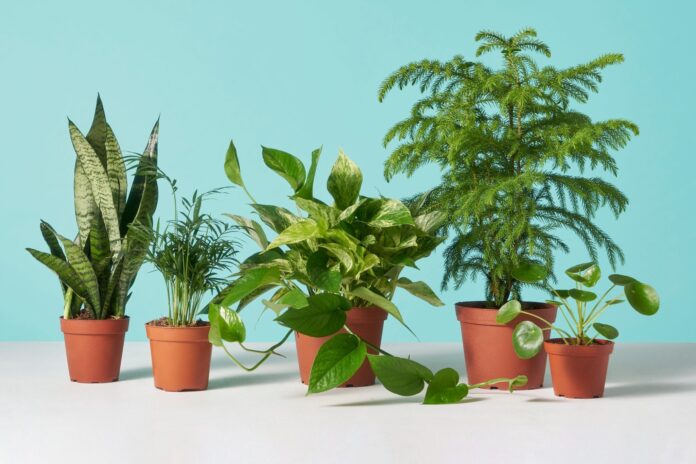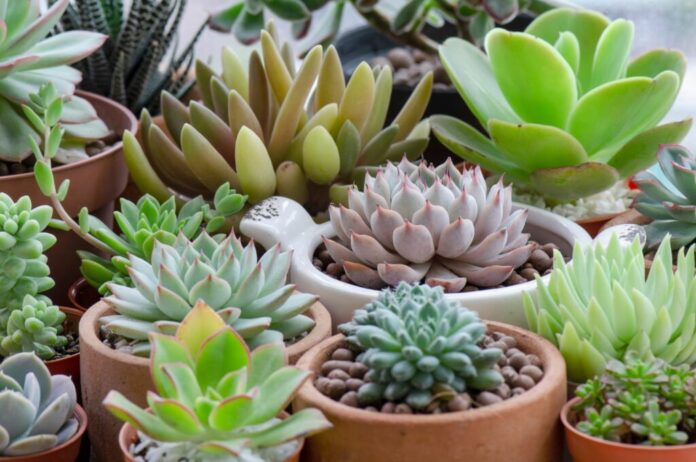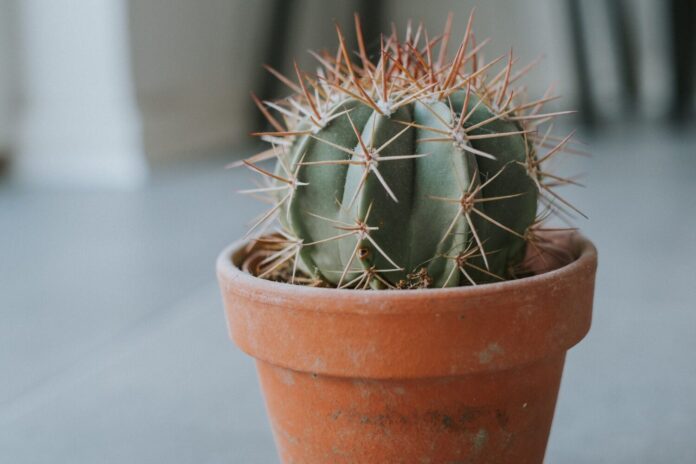One of the main issues that busy homeowners face is maneuvering the time to attend to a garden. Thankfully, there is such a thing as low maintenance plants and there are numerous plants which will not require a lot of attention from the owner but will allow them to have beautiful green additions to his flat.
Here are the various types of plants that are perfect for growing for working individuals, learn how to create space for these plants at home and in your garden.
Why Choose Low-Maintenance Plants?
1. Time Efficiency:
The low maintenance plants do not need to be watered, pruned or fed as often as other types of plants. This makes them fit for working people who want to keep beautiful plants in their homes but they do not have ample time to attend them.
2. Minimal Upkeep:
These are usually tall and sturdy for they are known to require very little attention in terms of care or concerning the surrounding environment. They are able to withstand fluctuations in temperature, light and the soil conditions and therefore are suitable for the haphazard lifestyles of the modern man.
3. Stress Reduction:
Research also shows that having plants in the living space increases relaxation and also enhances on air quality. However, hardy plants provide the same advantages without creating new tasks to be performed daily.
Best Low-Maintenance Plants for Busy Homeowners
1. Snake Plant (Sansevieria):
Description: Snake plants are characterized by erect leaves which are of rather impressive size. It seems they are widely used and recognized due to ability to purify the air and withstand different conditions.
Care: Is a low light requiring plant that can survive for weeks without water. It grows best in sandy-loamy type of soil and the leaves should occasionally be dusted.
2. ZZ Plant (Zamioculcas zamiifolia):
Description: The ZZ plant has smooth, wet-appearant, strong deep green leaves and is highly compact in nature. It is an excellent option if you are looking for a little, thin plant that can be put almost in any room of your home.
Care: Least water-demanding and can withstand somewhat poor lighting conditions. Do not over water it because it is best adapted to dry environments.
3. Pothos (Epipremnum aureum):
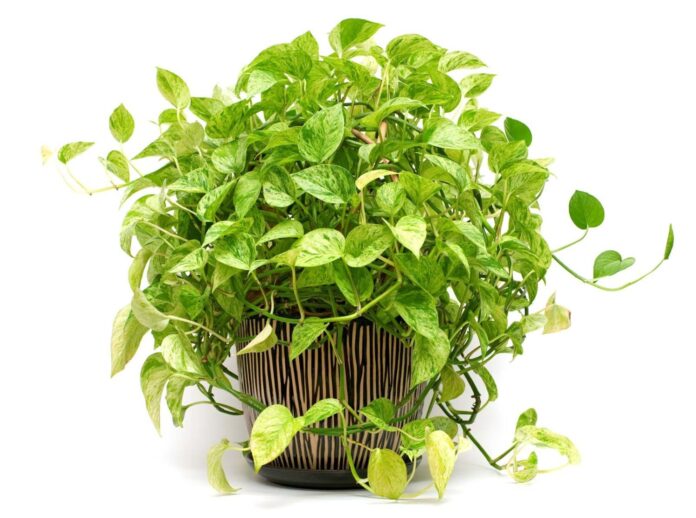
Description: Pothos comes in trailing types with heart shape leaves that can have more green or yellow color mixed in.
Care: Extremely flexible to the lighting arrangements and require relatively rare irrigation. Perfect for use in hanging baskets or you can opt to have it on a table.
4. Spider Plant (Chlorophytum comosum):
Description: The spider plant has leaves which trail downwards and have white margins on the edges and it also has ‘babies’ or plantlets which can easily be grown.
Care: Thrives in indirect light and needs to be watered, not too often, and not too sparingly. It also has a fairly low requirement for how regularly you’re willing to water it, as one might occasionally forget to do so.
5. Cactus:
Description: Different cacti have different shapes and sizes hence they can be placed in different environments; indoors or outdoors.
Care: Cacti plants thrive in well-lit areas, making them perfect for sunny windowsills, patios, or any spot that receives plenty of sunlight. These hardy plants have adapted to survive in arid environments, so they require minimal watering. In fact, overwatering can be detrimental to cacti, leading to root rot.
It’s best to let the soil dry out completely between watering sessions, which might mean watering them only once every few weeks, depending on the humidity and temperature of your home.
Their low maintenance needs make cacti ideal for busy homeowners or those who may not have a green thumb but still want to enjoy the beauty of indoor plants. Additionally, their unique shapes and vibrant flowers can add a touch of exotic charm to any living space.
6. Aloe Vera:
Description: Aloe Vera is a plant that known for its healing qualities and has thick, sharp edges leaves in it. It is ornamental and practical at the same time.
Care: Bright, indirect light and water should be given sparingly. It is a low water necessity plant and is capable of thriving even if it is sometimes forgotten.
Tips on Plant Care:
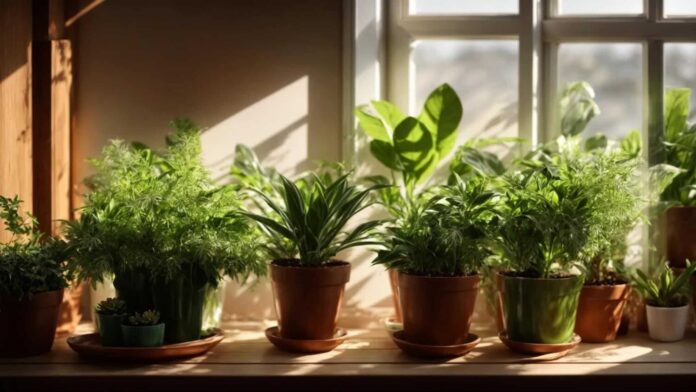
1. Use Self-Watering Planters:
Self-watering planters can assist in watering the plant, since they minimize the amount of time required by the gardener to water the plant. This is especially helpful for people who may sometime forget to water their plants by observing the said schedules.
2. Opt for Low-Maintenance Soil:
Low maintenance potting mixes, those that hold moisture while draining at the same time should be used. This minimizes water logging and cases of root rot.
3. Implement a Simple Care Routine:
Develop a simple schedule for the patient where they can receive proper care. Water your plants using a reminder that tell you the right time to water and feed them sparingly.
4. Embrace Low-Maintenance Gardening:
To minimize the constant weed pulling and maintenance in the outdoor garden, include ground covers or low-growing shrubs.
Choosing resistant plants and following basic rules of their maintenance will result in the cheerful and soothing garden without much effort. Indoors you can use snake plant and ZZ plant while outdoors you can use cactus; this makes low-maintenance plants highly useful for improving the outlook of your home. Contact us to know more information on Plants for the busy homeowner.

